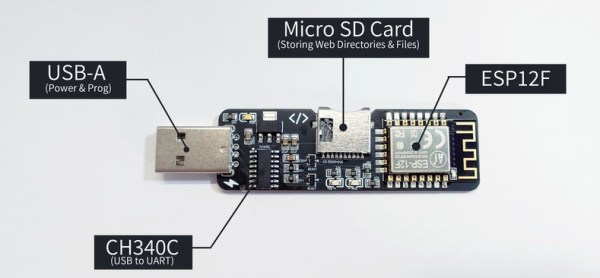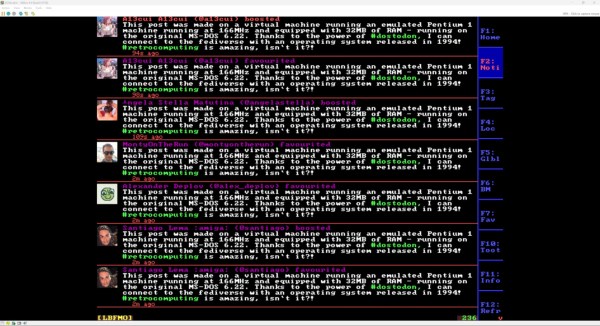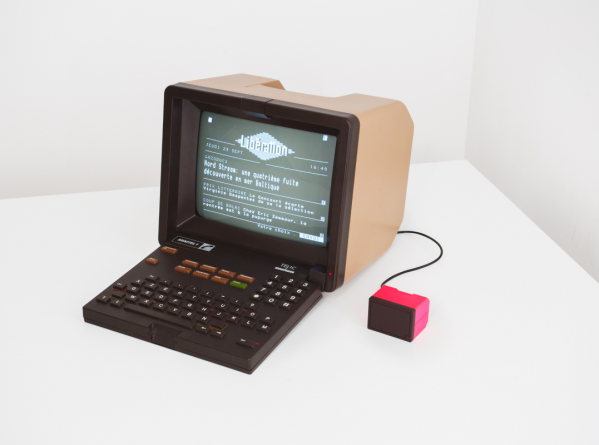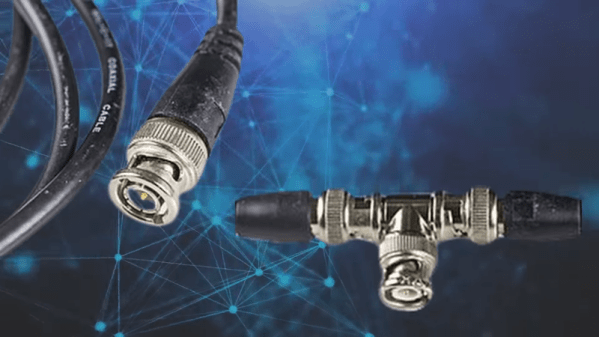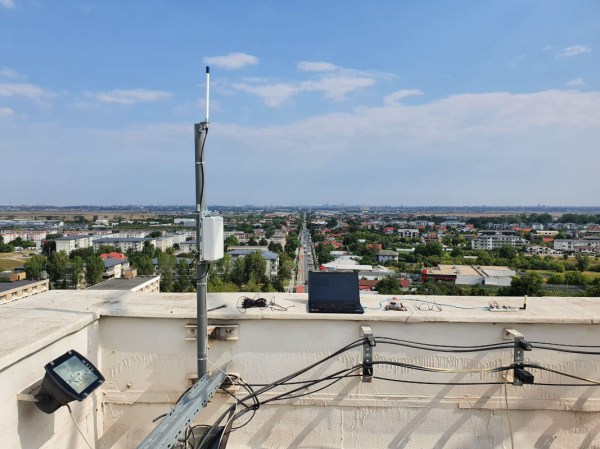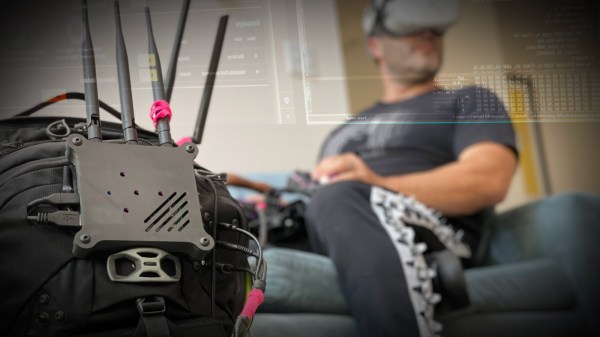The ESP8266 was one of the first chips that provided wireless functionality at a cost low enough to be widely popular for small microcontroller projects. This project uses one to provide rapid, small, and inexpensive network-attached storage (NAS) capabilities wherever you happen to go.
With an ESP12F board at the heart to provide network connectivity, the small device also hosts a micro SD card slot and a USB-A port to provide power and programming capabilities for the device. It’s Arduino-compatible, and creator [tobychui] has provided the firmware source code necessary to bring it up on your network and start serving up files. Originally intended for people to host web services without experience setting up all of the tools needed for it, there’s services for storing and streaming music and video over the network as well.
While it includes a lot more functionality than is typically included on a NAS, [tobychui] notes that with a library, something like WebDAV could be added to provide more traditional NAS capabilities. As it stands, though, having networked storage with web hosting capabilities on a PCB with a total cost of around $5 is not something to shy away from. If you’re looking for something a little more powerful for your home network, take a look at this ARM-based NAS instead.

